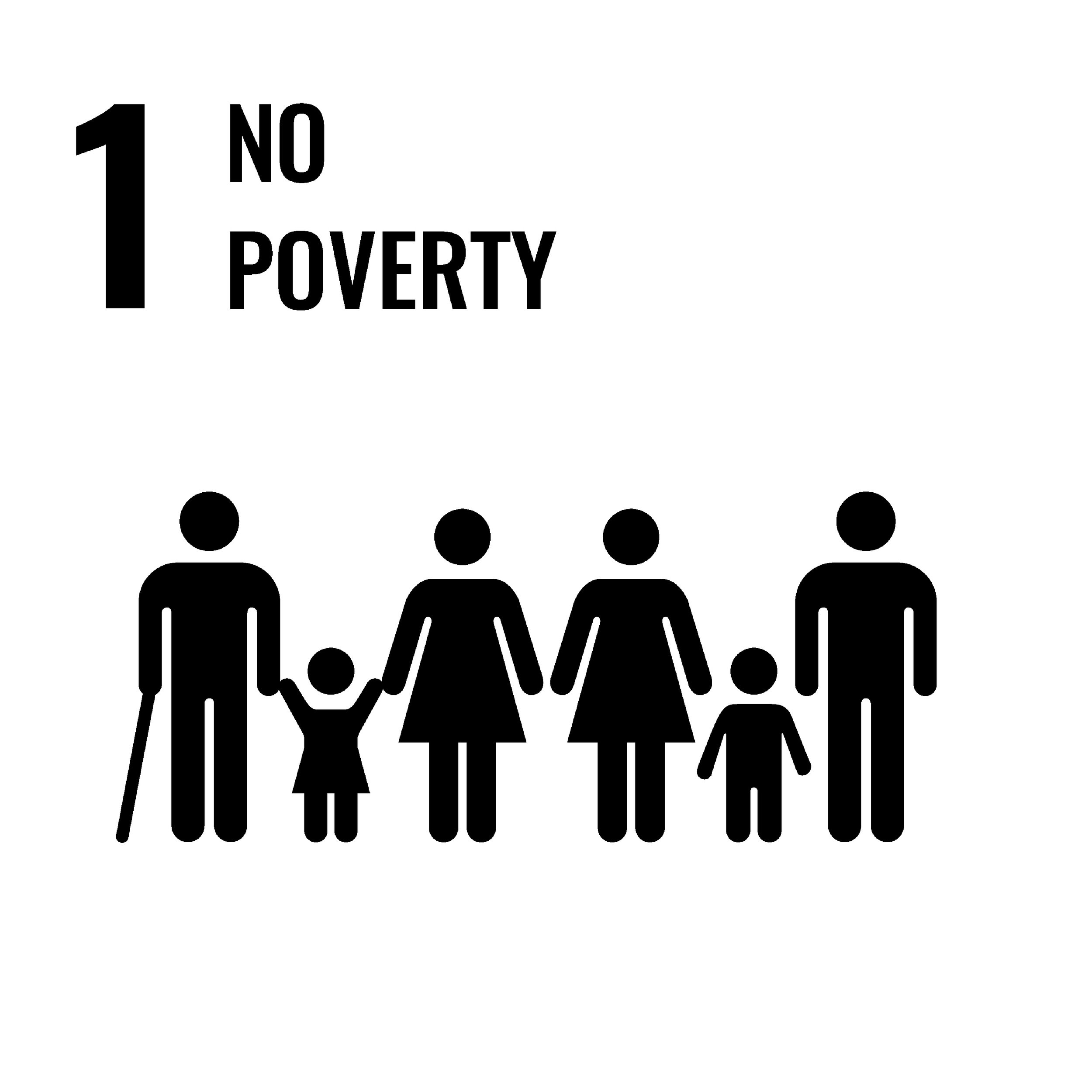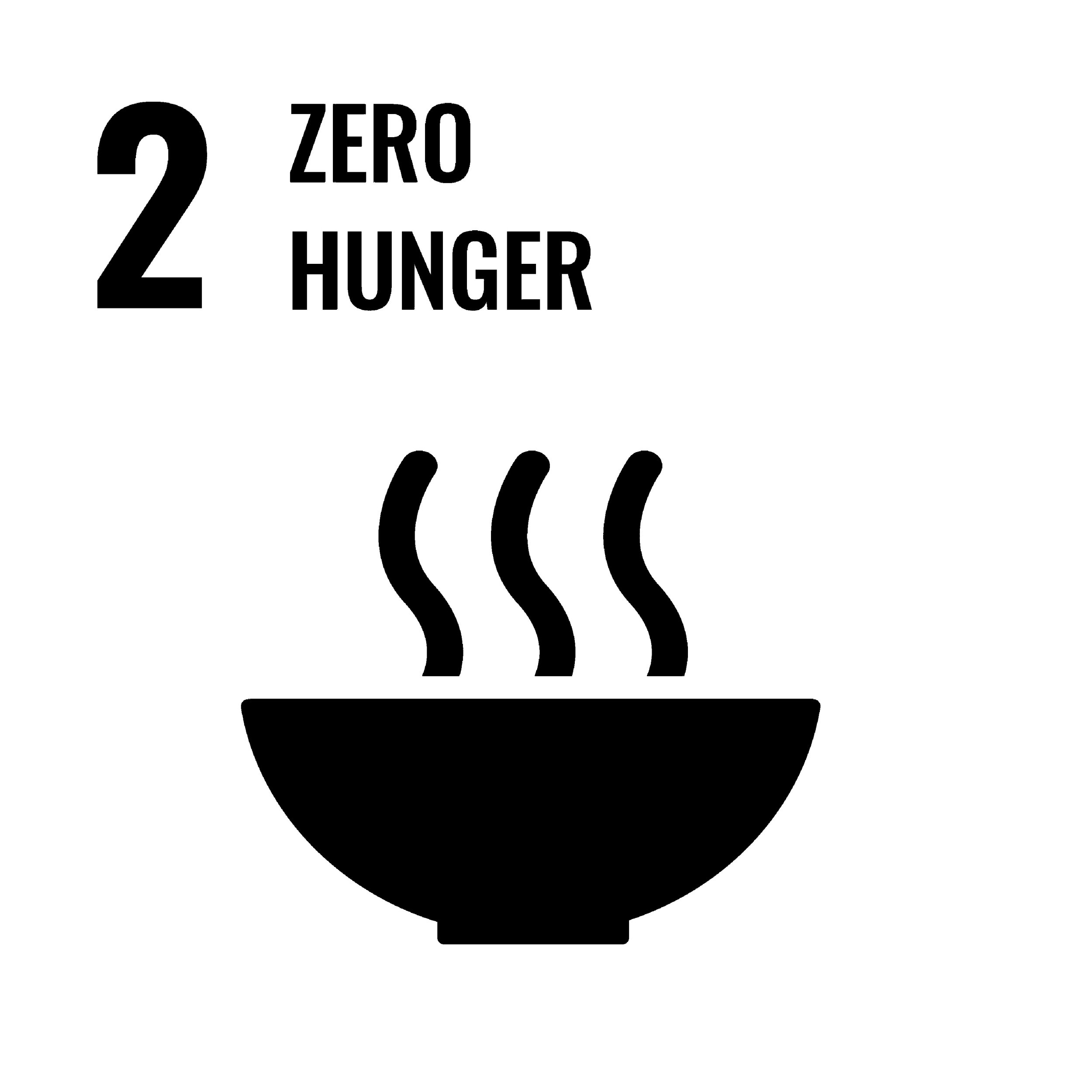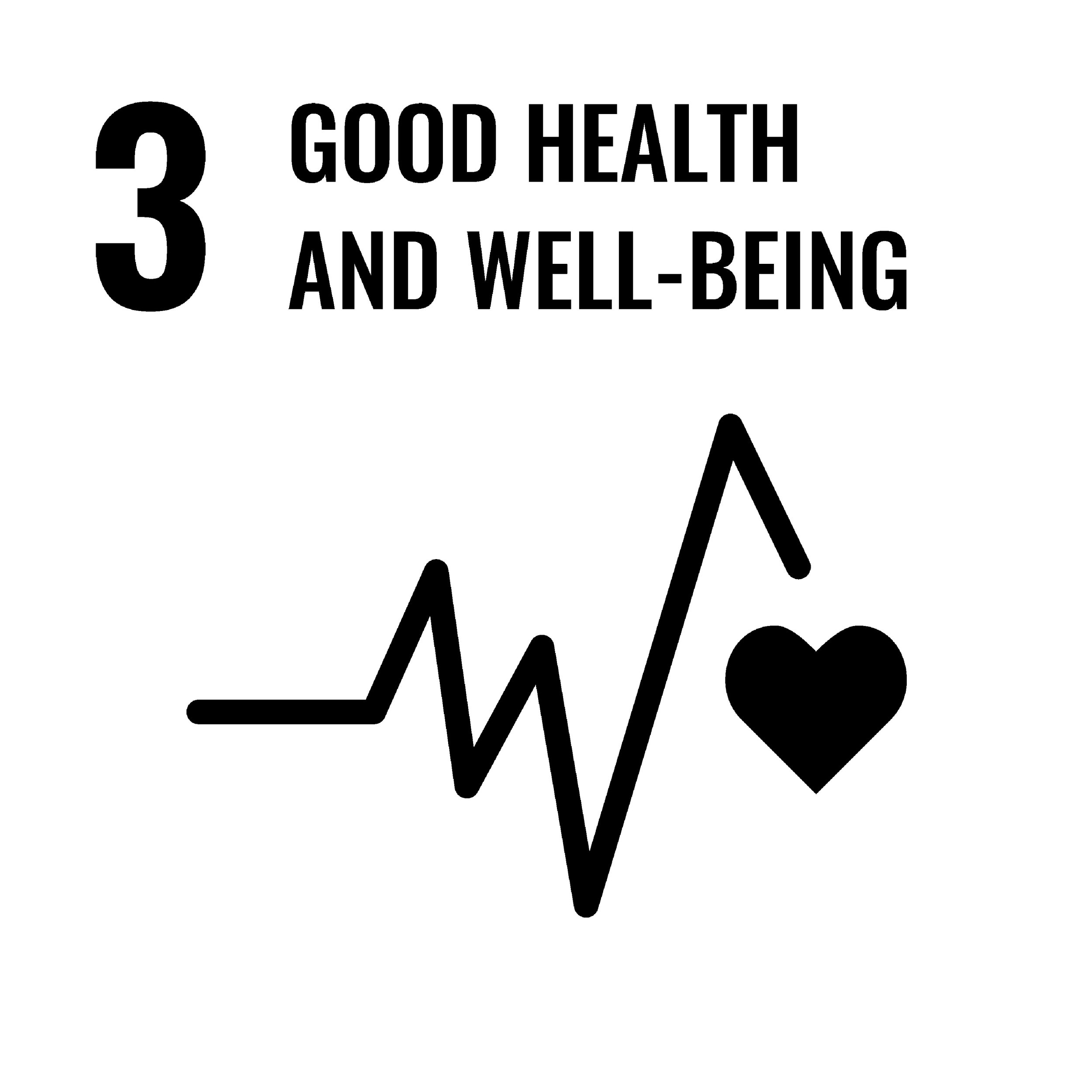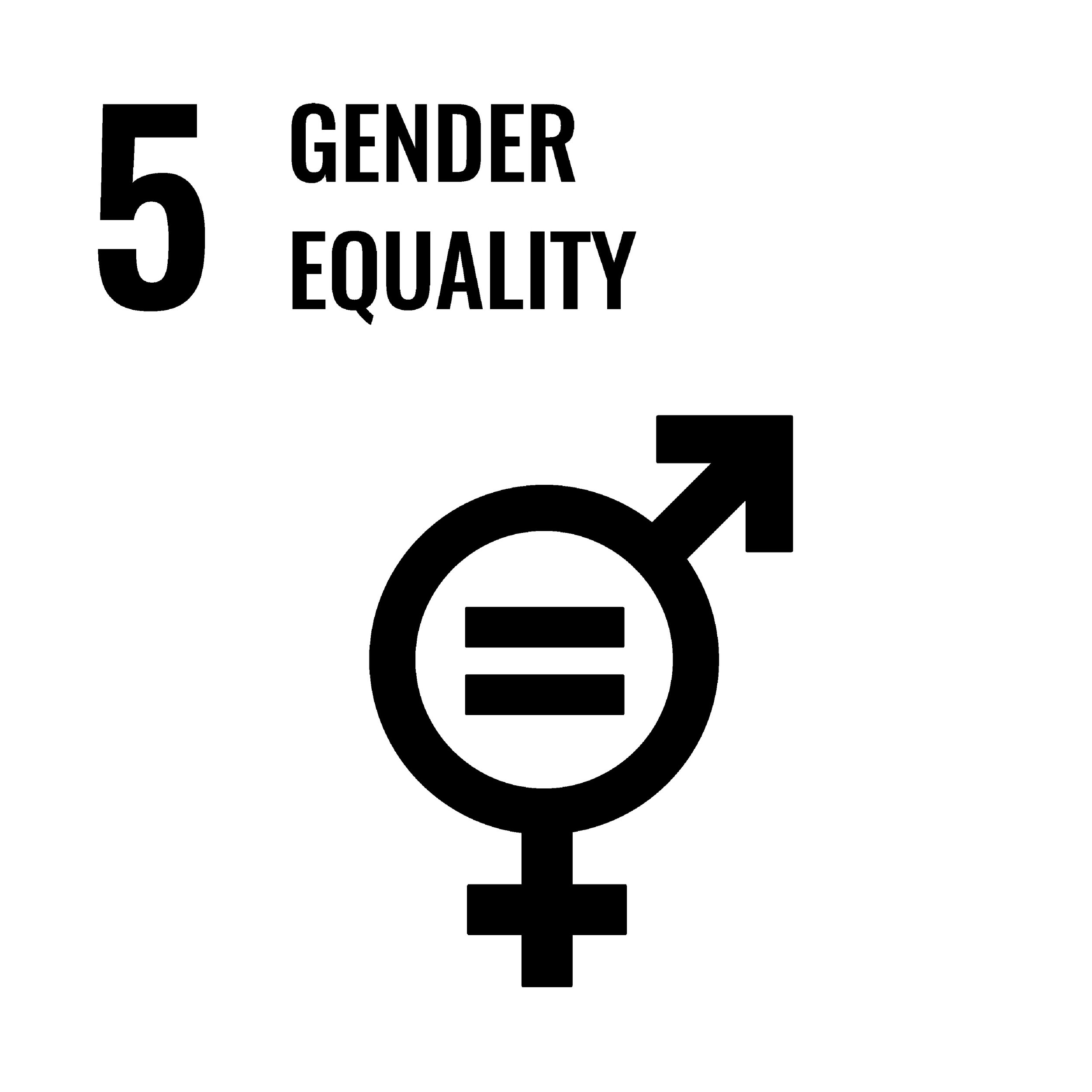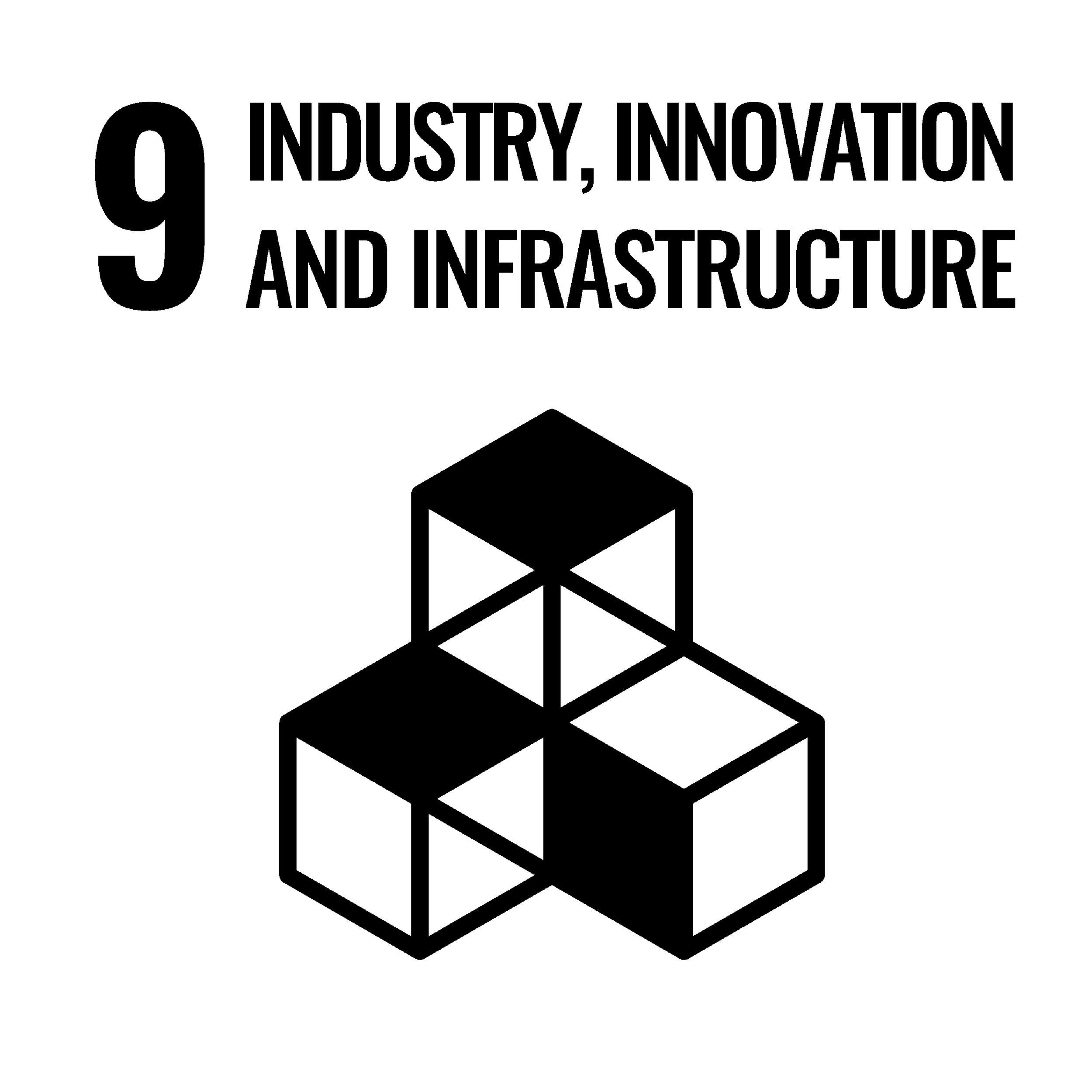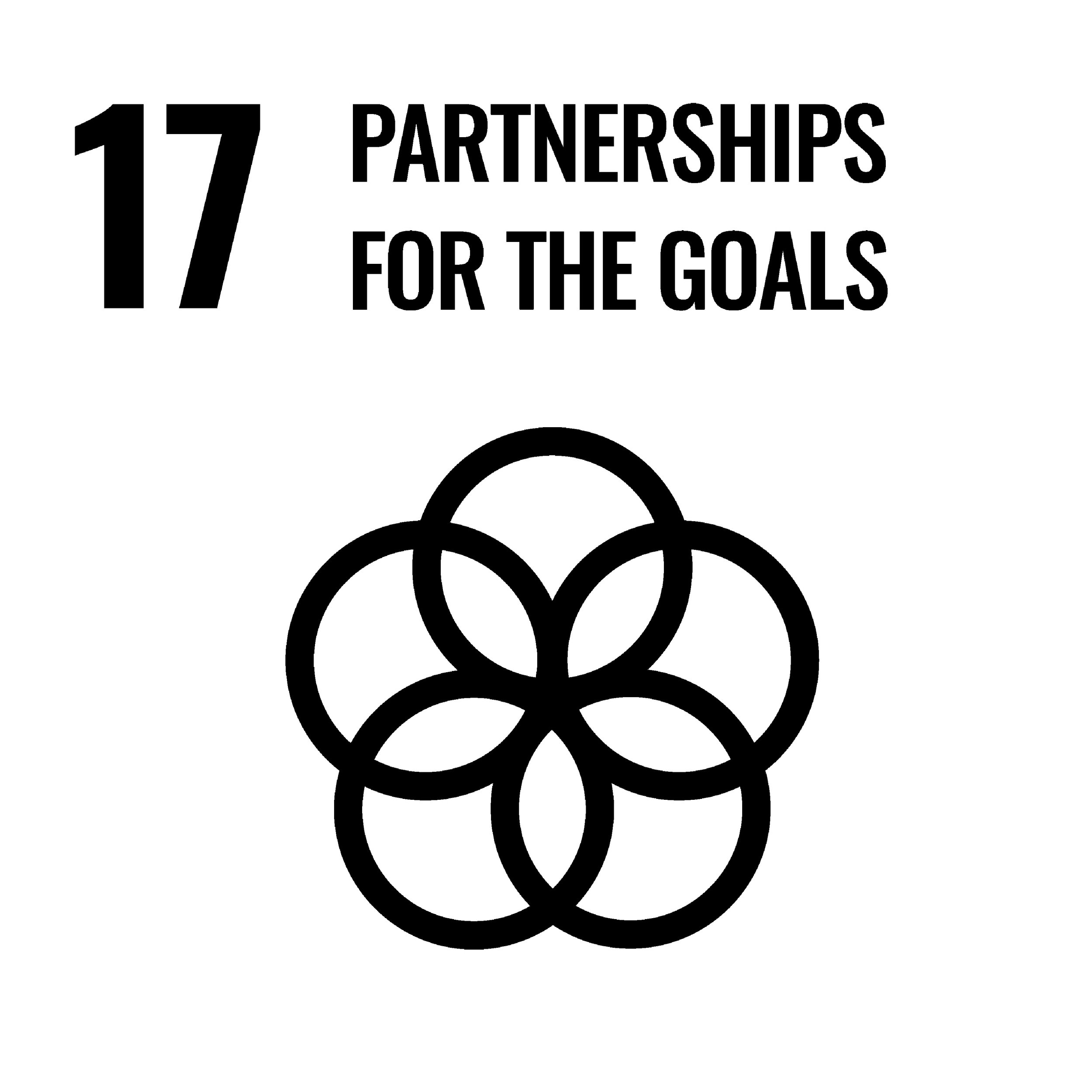This online exhibition will be on view until December 2025
Climate Change is the dominant wicked problem of our time: there is no single solution; the boundaries are difficult to define; and it is influenced by complex, interdependent and rapidly changing factors.
Canadian designer Bruce Mau’s influential book MC24: 24 Principles for Designing Massive Change in Your Life and Work declares that “new wicked problems demand new wicked teams”. In response, the Wicked Collective was established in 2021 by a committed group of academics from the UNSW Faculty of Arts, Design & Architecture (ADA), including Dr Teresa Crea, Dr Rebecca Green, Prof Stephen Loo, Emma Mills and Emma Peters. Wicked Collective believe that artists, designers, academics, and students need to work together across disciplinary boundaries to effectively respond to the wicked problems confronting us.
!Do Something is the first project of Wicked Collective. This exhibition presents creative responses and interventions to the wicked problem of Climate Change by showcasing work that relate to one or more of the seventeen United Nations Sustainable Development Goals.
!Do Something was shown at UNSW Main Library as part of the ADA Now Festival 2022 from 12 September to 18 November 2022.
The exhibition showed the work of twenty-three students and staff from UNSW Arts, Design & Architecture. Prizes were awarded for innovative sustainable design solutions in three categories: the Inaugural Bruce Mau Prize, ADA Dean’s Prize, and People’s Choice Award.
inaugural Bruce Mau Prize
Hank Haeusler
Bioshelters
Is it possible to design shelters where clams and other seashell organisms may feel more "at home," as they will be protected, breed and thrive? Due to increasing human population, pollution and climate change, the ocean is becoming a stressful environment for seashell organisms who live on rocky reef habitats. This research investigates computational design methods and tools to address climate change within the first five minutes of design - a time when for little financial investment a huge impact could be achieved.
Partners: University of New South Wales CoDe Society, University of New South Wales Biomedical Engineering, The University of Newcastle School of Architecture, Reef Design Lab, World Harbour Project, Macquarie University Biological Sciences
Concept: Yannis Zavoleas, Hank Haeusler, Andre Pereira, Beth Strain, Rebekah Araulo
Design: Yannis Zavoleas
Other contributors: Eliot Rosenberg, David Lennon, Alex Goad, Melanie Bishop, Vivian Cumbo, Maria Vozzo, James Gardiner
ADA Dean’s Prize
Toby Castles
AR Collaborate: Using Shared Spaces to Improve Flood Preparedness
This work addresses disaster preparedness and responds to the recent severe flooding events in Northern NSW.
The community can utilise the lmmersive Design database to share ideas and experiences. For example, users may visualise the effects of previous floods and the anticipated effects of future flooding thanks to augmented reality elements and local maps. Users can better use their experience to satisfactorily prepare themselves and their communities for the next disaster due to a deeper understanding of what it means to experience a flood in a specific location, such as their house or business.
The design is applied by printing QR codes and placing them on relevant surfaces around the neighbourhood. The linked geological data visualises historical and projected flood patterns using a web interface and menu options.
People’s Choice Award
Rachel Vosila
Kelpist
Globally, it is estimated that seaweed sequesters nearly 200 million tonnes of CO2 every year. Though the benefits don't stop there, kelp also absorbs nitrogen and heavy metals, alleviate eutrophication and acidification, all the while building habitat and diversification within the marine ecosystem.
By harvesting this fast-growing biomass responsibly and using this as a material for making, the resulting objects can be truly regenerative. These prototypes act as a proof of concept for regenerative, biodegradable products that are beneficial for the environment not only at the beginning of their life, but at the end as well.

Libby Blainey, Dave Lidster
Eutrophication
Excess nutrients and fertilizers used to improve productivity of land-based plants leach into waterways. The consequent over-nutrition of aquatic plants causes spread on top of warm shallow waters, depleting light and oxygen to fish and other organisms below. Underwater dead zones occur and a by-product of the die-off of species is carbon dioxide, which is released into the atmosphere contributing to greenhouse gasses. Structural changes in the ecosystem lead to a deterioration of water quality, unpleasant odours, and has dramatic consequences for drinking water, fisheries, wildlife and pets.
Monika Cvitanovic Zaper
Remediations
Remediations is an ongoing product of practice series concerned with textile waste. The repetitive free-form stitching serves as a material-based remedy regarding overwhelming environmental concerns coupled with upcycling as a form of taking action.
Starting with a small step in the form of a stitch to transform the discarded clothes, the artist attempts to mend the lost connection between the product and labour that went into its production. The well-worn shirts are remediated by the processes of dyeing using explicitly spices and kitchen waste followed by laborious cross stitching.
Drawing from the textile-based knowledge of her lineage of women makers, the artist proposes its qualities such as resilience and sustainability in the contemporary moment.
Joanna Fowles
Chroma Code Stripes
This research proposes a new framework for dye by applying a circularity of abundant, local materials presented as creative colour outputs. In doing so, it re-establishes a direct connection to local natural colour sources and re-evaluates these materials as alternative colourants.
In Chroma Code Stripes, each stripe is hand-painted using a traditional mordant painting textile technique revealing multiple colours after dyeing the cloth in natural dye. The textile can eventually return to the earth and decompose.
Rebecca Green
The Loudest Voice
This cartoon visualises research results that are tricky to explain. The artist surveyed 641 respondents in 2021, focusing on visual climate messages. Questions were also asked about public opinion of climate change, referencing a 2013 study published in Nature.
The artist found that despite two thirds of Australians agreeing that "human-caused Climate Change is happening", the respondents thought that less than half of Australians agreed. Those who selected "I don't think it is happening" (just 5% of the population) think that 70% of Australians either agree with them or are on the fence.
It seems everybody thinks the climate denial movement is bigger than it actually is, especially those in it.
Matthew Harkness
Biorecycling Machine
As a speculative critical design provocation, the Biorecycling Machine adapts a tattooing device to inject PLA microplastic particles into the bloodstream of human actants as a form of waste management.
This device suggests that transposing the conventions and technologies of tattooing to design can create a vast network of distributed plastic recyclers. In so doing, this device aims to generate discussion around bioplastics and un-black-box the broader ecological networks necessary to dispose of 3D printer waste.
Laura Hunt
Building Biophilic Connections
This concept responds to the UN Sustainable Development Goal 11: sustainable cities and communities, focusing on Dharavi, Mumbai - one of the largest informal settlements. Biophilic or green spaces within informal settlements have been found to provide positive social and mental benefits for residents and workers. However, informality tends to lead to the exclusion of slum dwellers from basic public infrastructure therefore limiting access to green spaces, if providing any at all.
This work explores social and human capital, with the goal of mobilising Dharavi youth in mapping out and cultivating micro-biophilic pockets within their neighbourhoods through the distribution of seed cards and technobiophilic spaces in augmented reality.
Amy Kraus
Earth to Tabletop - Climate Change and Dining Rituals
The negative impacts of climate change are thrown around casually in 2022 conversations. What exactly are those impacts though? More floods, more storms, more droughts, more fires. Less farmable grounds, less crops, less food in stores, less food on the dinner table.
The impractical, difficult nature of using this cutlery provokes the viewer to consider the difficulty of eating that the future inevitably holds. Just as climate change will impact our dining rituals, our dining rituals impact climate change. Eat less meat, buy locally grown, don't use plastic utensils. Climate change is overwhelming, but every step counts, starting at the dining table.
Alia Parker
Myconstellation Jacket
This project utilises a critical bio-design approach in the production of expanded fashion and textile objects. Discarded clothing damaged beyond repair has been broken down and re-processed into textile sheets by using paper-making techniques. These textile planes have then been introduced to mushroom mycelium. Growing across and through the textile waste, the agency and expressivity of the white fungal networks can be seen on the surface of the cloth in contrast to the black textile fibres.
Bio-design practices typically look to replace existing unsustainable materials such as cowhide with more sustainable materials such as ‘mushroom leather’. The practical function of these new biomaterials is often communicated through a proof-of-concept object. However, the Myconstellation Jacket breaks with the familiar material and object tropes that aim to manipulate living systems into visually pure commodities. Instead, the modular wearable assemblage amplifies the unruly expressive agency and aesthetics of fungi.
Mackenzie Peachey
MASK.D
The UNSW Interior Architecture (Hons) Graduation Studio investigates adaptive reuse as the nexus of cultural heritage preservation, the circular economy, and climate change induced by the design and construction industry. Through the lens of UN Sustainable Development Goals 11: sustainable cities and communities, 12: responsible consumption and production and 13: climate action, students explore and test strategies to recover and repurpose White Bay Power Station on Wangal Country, Rozelle.
MASK.D, proposes a civic learning centre that hosts confronting imaginings of a future apocalyptic life, detrimentally affected by climate change. The project examines the interior as a space of activism and advocacy, drawing on the recent history of the site to call out fossil-fuelled energy generation and its intoxication of air, water, land, and beings.
Wajiha Pervez
Athleisure Couture
Athleisure Couture is made by hand-smocking over six yards of organic, undyed linen. It is a couture-based, labour intensive, conceptual proposal for crafting a popular fashion product that otherwise relies on fast industrial production, large turnovers, environmentally problematic plastic-polymer materials and toxic chemical finishes.
The garments respond to UN Sustainable Development Goal 12: responsible consumption and production. The works uses slow design to highlight the labour and waste of fast fashion production and are made using zero-waste patterns on surplus linen home textiles: an overlooked waste stream. In addition, 120 hours of smocking facilitates use for exercise, simulating and replacing the stretch capacities of synthetic polymer blends conventionally used in athleisure.
Emma Peters
Protoypical Repair Strategies
Prototypical Repair Strategies explore approaches of technical design strategy to slow and close the life-cycle of post-consumer bedlinen waste.
The objective of this stage of sampling is to engage with speculative and artisanal repair strategies within a limited framework of materials and colour, to provoke new lines of enquiry for iterative sampling.
Techniques such as darning, stitch, knit and felting were reconsidered to generate poetic reparations and reinforcements. The tactile experience of the repair site reveals itself as a significant experience of repair.
Sonya Price-Kelly
The Emperor’s New Clothes
The UN Sustainable Development Goals are interconnected - lack of progress on one hinders progress on others. This work responds to the wicked problem of climate change by highlighting Goals 10: reduced inequalities, 12: responsible consumption and production and 13: climate action.
A wearable garment of 1000 links uses repetition and interlacing to signify the entangled fashion supply chain, mass production and consumption. Contributors to this industry are the planet's third largest polluter. Ceramic objects mimicking textile swatches convey statistics on garment workers, as ending poverty goes hand-in-hand with tacking climate protection. The weight of these fashion objects represents our burden and responsibility to make change for a more sustainable future.
Jiaying Qian
Gelee Life
Gelee Life is a biodegradable fashion accessory brand against the fast fashion industry in response to UN Sustainable Development Goals 12: responsible consumption and production and 13: climate action. The design aims to alleviate the environmental pollution caused by the current fashion industry to create a sustainable life cycle.
From bags to labels and business cards, all products are made from gelatine-based biomaterials, and effectively replace plastic and synthetic fibre, which means 100% natural biodegradability and less resource consumption.
Gelee Life is also a provocation that calls on consumers to purchase fashion with natural materials and improve environmental wellbeing.
Natasha Rodriguez-Hunter
Ready to Wear
Our responsibility is to be environmentally conscious in the present and the future. Redefining our understanding of what is "new" as a speculative method of looking for circular ways to manage unwanted clothing that might otherwise be considered waste.
Denim is produced and consumed on a global level. The fibre’s characteristics are long-lasting, durable and breathable, as well as it being a financially affordable clothing. The main concern with the production of denim textiles is that the industry produces high levels of hazardous chemicals, water and air pollution, as well as textile waste at the end of a garments life. So, what if we stopped producing new denim textile entirely, and instead re-defined our ideals regarding what makes a product "new"?
Natasha Rodriguez-Hunter
Living in a Bubble
Fleeting Satisfaction Perpetual Impact
The Materialistic Infection
In these works, the artist focuses on constructing, then deconstructing, and finally reconstructing and reapplying elements to redefine their meaning within a bigger picture and large composition.
This explorative practice redefines the purposes of a material or technique. The three pieces each form a review on our macro society’s future as "unknown", through visual connotations of movement and fluidity of individual and collective experiences. Capitalism is symbolically referenced through the use of grid patterns, repetitive line forms and the shade black, alluding to messages of conformity, control of capitalistic production and the economic, monetary exploitation of finite resources.
By juxtaposing natural, organic materials and techniques to geometric, rigid forms, these textile works establish a sense of discontinuity and disconnection through a disruption and interruption of materials.
Dutches Eleanor Solomon
From and for the Future: Our Water Insecurity of 2050
This Design Honours project aims to produce a process of participation in, and an accessible experience of, future-oriented critical thinking to raise awareness and public concern on the importance of water security in the Greater Sydney Region.
The 3D simulation depicts a future living space in Sydney (2050), rendering the daily life of its occupants, set within the context of water insecurity with interior design considerations, objects and speculative artefacts depicting possibilities and consequences of global warming to the way we live.
Zac Tomaszewski
Abandoned Factory that Dumped Sulfuric Acid into Waterways, Stockton, NSW
Decommissioned Coal Power Station, Wallerawang, NSW
Abandoned Share Bikes, Mascot, NSW
Through a bleak documentarian approach, these images are a response to a lack of action for the UN Sustainable Development Goals of sustainable energy and industry.
Humans are simultaneously industrialising our environment, letting old structures decay, and poisoning the soil from which we grow. To create a defining image of the environmental problems we face is the path to a sustainable future.
Chloe Watfern
Climate Justice Now
Climate change doesn't affect everyone equally, but we are all implicated. In order to take meaningful climate action, justice must be kept in mind.
The artist has taken this image to protests, hanging it in public spaces. Collage is an evocative medium for representing interconnections, and this work presents an ecological alphabet to highlight the importance of multispecies justice.
Harriet Watts
Fibrous Forms
Harriet Watts' Fibrous Forms presents ongoing research, processes, experimentation and works that use cotton and denim waste to design and make functional objects. The work intersects craft and industrial processes from papermaking, ceramics and object design. Responding to UN Sustainable Development Goal 12: responsible consumption and production, the documented works aim to increase the use-life of waste materials, as well as increase the perceived value of less durable materials; paper and textiles.
The works use cradle-to-cradle principles, avoiding binders so that the material can be reconstituted at the end of its life, setting up possibilities for a circular economy in both technical and/or biological cycles.
Catherine Sarah Young
The Weighing of the Heart
Artists have an opportunity to create new images that inspire climate action. In The Weighing of the Heart, human heart sculptures are cast out of ashes and other organic remains from the Australian bushfires of 2019- 2020.
This work references the scene of the "Weighing of the Heart", a spell in the Egyptian Book of the Dead in which the heart of lmhotep is weighed against a feather. The artist asks the viewer: How much grief does your heart have when seeing our planet burn? What do you want to do about it?


